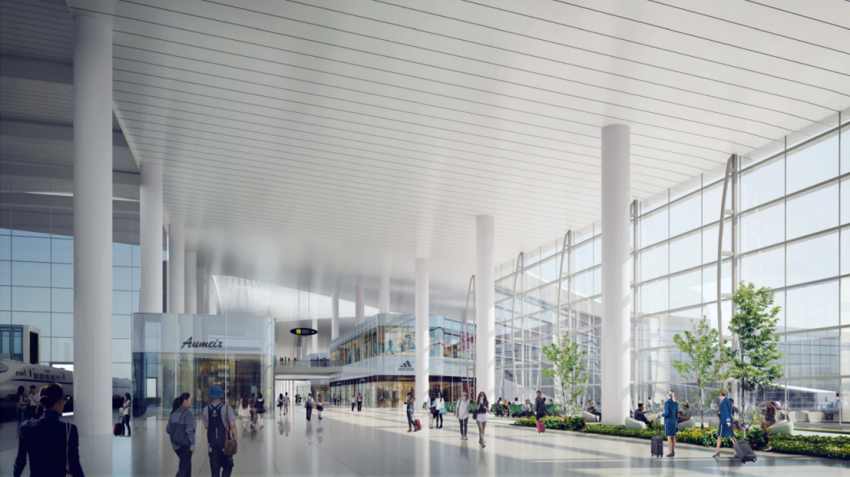The airport terminal, as the essential passenger facility at airports, is crucial in the service process of air transport. With the increasing demand for air transportation, airport operators are engaged in improving the capacity and efficiency of terminal operations. IATA and ACI proposed the Level of Service (LoS) concept, which quantifies the terminal passenger service in terms of temporal and spatial performance, which provides a benchmark for the evaluation of terminal operations.
Implementing terminal operation evaluation
The evaluation of terminal operations can be carried out from two aspects, passenger service level and terminal facility utilization, aiming to keep a balance between better passenger service level and optimizing terminal facility usage.
Reasonable processing time and sufficient space
One of the most important things to manage passenger service level is to ensure reasonable time and sufficient space in key areas. In terms of the processing times, the evaluation of terminal LoS mainly considers two indicators: queuing time and passing time. For example, many guidelines require 95% of departure passengers should wait in line for no more than 10 to 15 minutes (varying by country and airport). The efficiency assessment of the border inspection process usually requires that the time for passengers to pass the border inspection should not exceed 15 minutes.
The personnel density of the check-in hall, security control area, border control area, etc., should be controlled within a reasonable range. For example, the size of the departure security check should be 1.0~1.2㎡ per person to avoid congestion. In addition, to ensure a minimum social distance of 1m during the epidemic, airports should also optimize the way of queuing and control the distance between front and rear.
Optimized equipment utilization
In the airport planning stage, the number of facilities should be reasonably planned according to the airport master plan to meet the needs of passengers during peak hours. During off-peak hours, the airports can improve the overall equipment utilization rate and reduce operating costs by reasonably shutting down some facilities.
Applying evaluation results into the decision-making process
The results of terminal operation assessment can be used as a powerful decision-making basis for airport terminal operation management. If the evaluation result shows that the terminal is currently planned to be over-capacity, phased closure of some facilities can be considered to reduce costs. If the evaluation result demonstrates the terminal to be under-capacity, it is the time for the airport to think about optimization.
Under normal circumstances, there are three aspects that can be taken into account when thinking about improving the terminal operating efficiency. First, optimize the operation plans, such as adjusting the boarding gate allocation to avoid higher density in gate holding areas. Second, improve the efficiency of key processes, such as increasing the efficiency of security inspection, thereby alleviating the queuing pressure in security control areas. Finally, terminal reconstruction or expansion and increasing the number of equipment and facilities are essential to increase the overall capability.
Our project
In 2020, To70 China was entrusted by Guangzhou Baiyun International Airport to carry out a terminal simulation project. A comprehensive baseline model containing Terminal 1, Terminal 2, Terminal 3, airside APM and landside GTC has been built. We delivered the operation evaluation reports regarding specific simulation scenarios. We will keep working on other case studies together with the airport, like frequent Business Flyer process reconstruction and joint security check reconstruction.
About To70. To70 is one of the world’s leading aviation consultancies, founded in the Netherlands with offices in Europe, Australia, Asia, and Latin America. To70 believes that society’s growing demand for transport and mobility can be met in a safe, efficient, environmentally friendly and economically viable manner. To achieve this, policy and business decisions have to be based on objective information. With our diverse team of specialists and generalists to70 provides pragmatic solutions and expert advice, based on high-quality data-driven analyses. For more information, please refer to www.to70.com.

